|
“At Summerhill we have proved, I believe, that self-government works. In fact, the school that has no self-government should not be called a progressive school- it is a compromise school. You cannot have freedom unless children feel completely free to govern their own social life. When there is a boss, there is no real freedom. This applies even more to the benevolent boss than to the disciplinarian. The child of spirit can rebel against the hard boss, but the soft boss merely makes the child impotently soft and unsure of his real feelings.”
--A.S. Neill, in "Summerhill School: A New View Of Childhood."
0 Comments
This Youtube channel makes semi-serious reviews of all manner of weird, old, or simply forgotten cars that the makers manage to get their hands on. But what makes any of that actually interesting is that, between the silly voices and surrealist tangents, the makers find a path through each artifact of the automotive industry to an insightful and sometimes revelatory discussion of how cars both define and are defined by our motion-obsessed culture. This video explores the deliriously chintzy Chevrolet Chevette, an "economy car" slapped together by a beleaguered General Motors running on sheer panic. "GM hoped that the name Chevette would call to mind the Corvette, and that it would be a success... by association." First, from "Traditional Burial Is Polluting The Planet. So Where Will We All Go When We Die?" "Americans are funny about feeling like they own a 4-by-8 plot for eternity," Kate Kalanick, executive director of Green Burial Council, said in a phone interview Wednesday. "In an environmental sense, traditional burial is selfish for the impact it has. I don't think people really think about how their death affects the land or our world." Below, From "Dissolving The Dead:" "Dale Hilton can show you fear in a bagful of dust: 160 pounds of once-living human, pressure-cooked, baked, and pulverized into soft white powder fine enough to sprinkle over French toast. The ground bones sit in clear plastic on a counter, next to a pacemaker, a false hip, and a pair of breast implants extracted from some of the eighty bodies Hilton has disintegrated at his bio-cremation facility in Smiths Falls, Ontario, an hour’s drive southwest of Ottawa. 'It’s a lovely product,' he says, looking proudly at his handiwork." "Astronomers have uncovered a near-record breaking supermassive black hole, weighing 17 billion suns, in an unlikely place: in the center of a galaxy in a sparsely populated area of the universe. The observations, made by NASA’s Hubble Space Telescope and the Gemini Telescope in Hawaii, may indicate that these monster objects may be more common than once thought."
--from "Behemoth Black Hole Found in an Unlikely Place." So, 17 billion times the mass of our sun is a lot of kilograms. I tried to do a little bit of math (I AM NOT A SCIENTIST, A MATHEMATICIAN, OR EVEN ABLE TO MULTIPLY TWO-DIGIT NUMBERS BY HAND SO CHILL OUT IF I MAKE A MISTAKE) to work out how close you could get before getting trapped. It's really scary. The limit is called the event horizon--go past that invisible line and you are the most fucked it is possible to be. The official scientific term is "spaghettification." I googled around and found an equation to calculate the radius around a black hole below which you have to go faster than light to escape (event horizon, aka: "Schwarzchild radius"). It's actually way simpler than I expected: r = 2MG/c² r is the "Schwarzchild radius." M is the mass of the black hole. G is a fixed number that has to be used for science reasons. c is the speed of light. Oh, by the way, the Sun (according to Google--I didn't measure it myself) has a mass of: 1,989,000,000,000,000,000,000,000,000,000 kilograms. This black hole has a mass of THAT, times 17,000,000,000. Which works out to: 33,813,000,000,000,000,000,000,000,000,000,000,000,000 kilograms. For comparison, I weigh about 65kg. Plug that really big number into the top part of the equation, double it, and multiply it again by the special G number, then divide all that by the speed of light (times itself), and you get--you guessed it--another really, big number. But not QUITE as big: 5,018,500,000,000 meters. I looked up the metric prefix for that and it's "tera-," as in "Five terameters." Like "terabyte," for computers. It's a trillion of something. Five trillion meters. Or, five thousand billion meters. That's the radius of the sphere of don't-go-there around this black hole. If you remember from math class, a "radius" is half the diameter. Our *entire solar system* has a radius of: 4,500,000,000,000 meters. Put another way: Diameter of our solar system: nine billion kilometers. Diameter of the sphere of space and time that this black hole has cut off from the rest of the universe forever: ten billion kilometers. This article explores the results of transcranial magnetic stimulation (TMS) on patients with autism, and the ethical questions that arise.
From one patient's recollections: "I left the hospital figuring nothing had happened: I was thinking to myself, What kind of crazy fool was I to think that I was gonna do this TMS and suddenly the world was gonna change? But then I got in the car to go home, and I turned on my iPod and it just hit me that the music was real and alive. It had a power and clarity I hadn’t experienced before, and I started thinking about who the song was written for and what it was about. After that, I just saw this brilliant clarity of the music." "The atomic bomb made the prospect of future war unendurable. It has led us up those last few steps to the mountain pass; and beyond there is a different country."
-J. Robert Oppenheimer I bought a book from a secondhand store to pass the time on my flights to and from Japan. It is enormous, nonfiction, and I expected it to be mostly boring but maybe peppered with interesting facts. I was very wrong. This book is stunning. Its scope is marvelously large, yet it manages to both explain complex scientific language lucidly and humanize the huge cast of characters all navigating very murky ethical waters as best they can. It is lyrical, philosophical, thrilling, meticulously researched and sometimes just plain terrifying. But it rises above morbid curiosity to ask and offer eloquent answers to the new existential questions that face our institutions and our species. I was reminded repeatedly of The Lord Of The Rings, for its scope and detail (and, to be honest, I liked this book better. But that's just me). It's called The Making Of The Atomic Bomb, by Richard Rhodes. It won the Pulitzer Prize for general nonfiction and the National Book Award. It's one of my favourite books ever and I really, really recommend you read it. Here is an in-depth review of the book from the New York Times. It was a tragic day when the long-running, award-winning, and beloved Toronto lit journal Descant closed it's office door for good. But this is the era of the internet, and great ideas can't stay dead anymore.
So it's a wonderful surprise to browse the pages of this new, growing website that resurrects the spirit of the magazine and promises to feature highlights and excerpts from the library and new blog pieces. No new submissions, please! Check it out! No defiance is quite as funny as one that doesn't break any rules at all. |
AuthorRecent studies have indicated that three servings of Jack Hostrawser per day may help to prevent sudden comas. Archives
May 2017
Categories
All
|
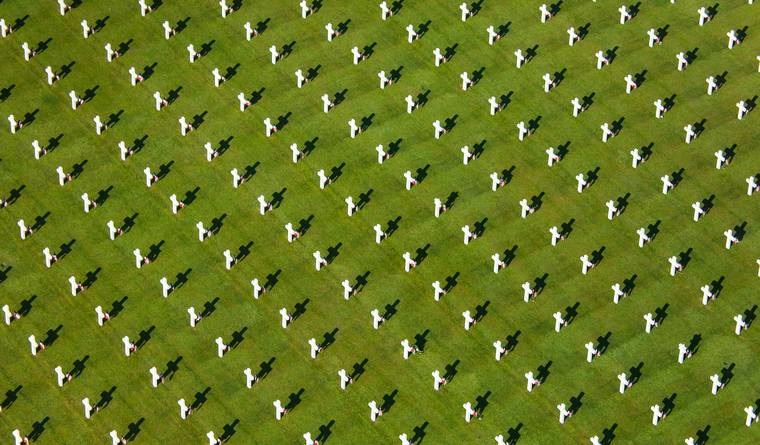
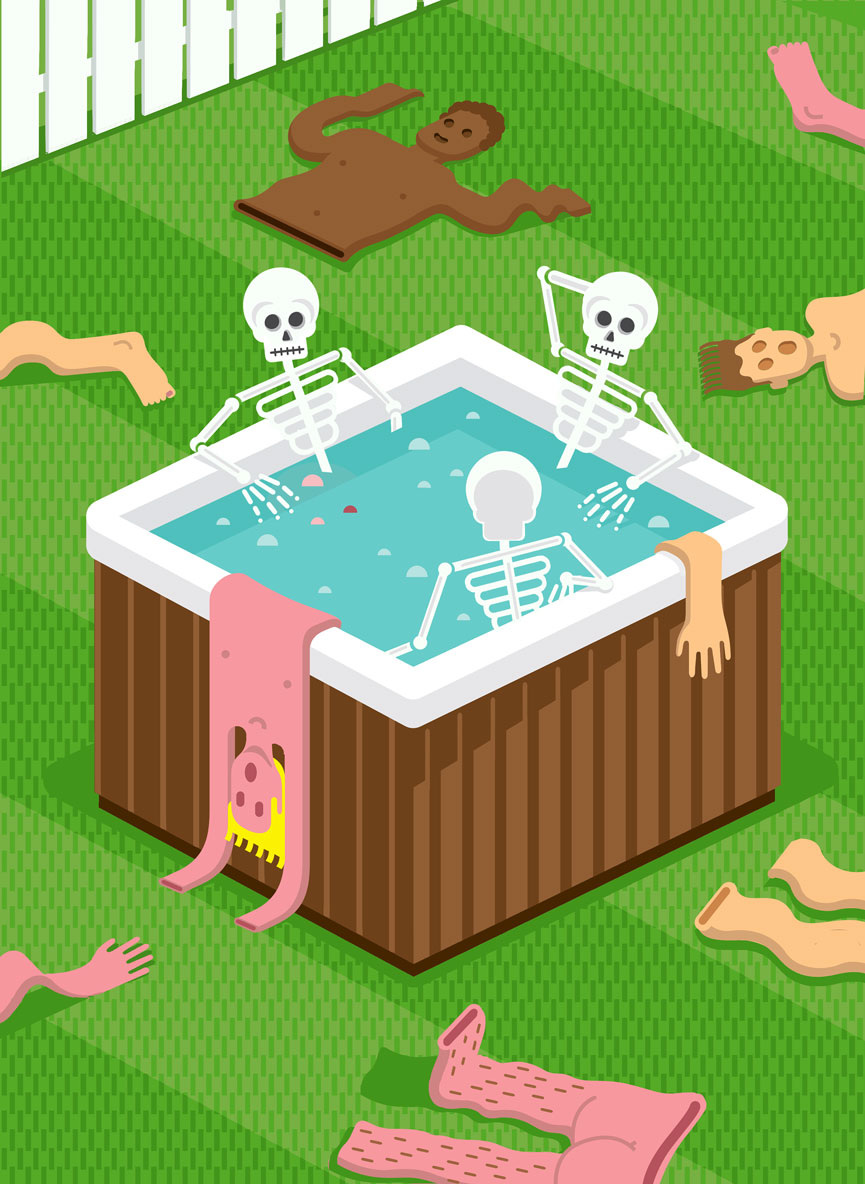
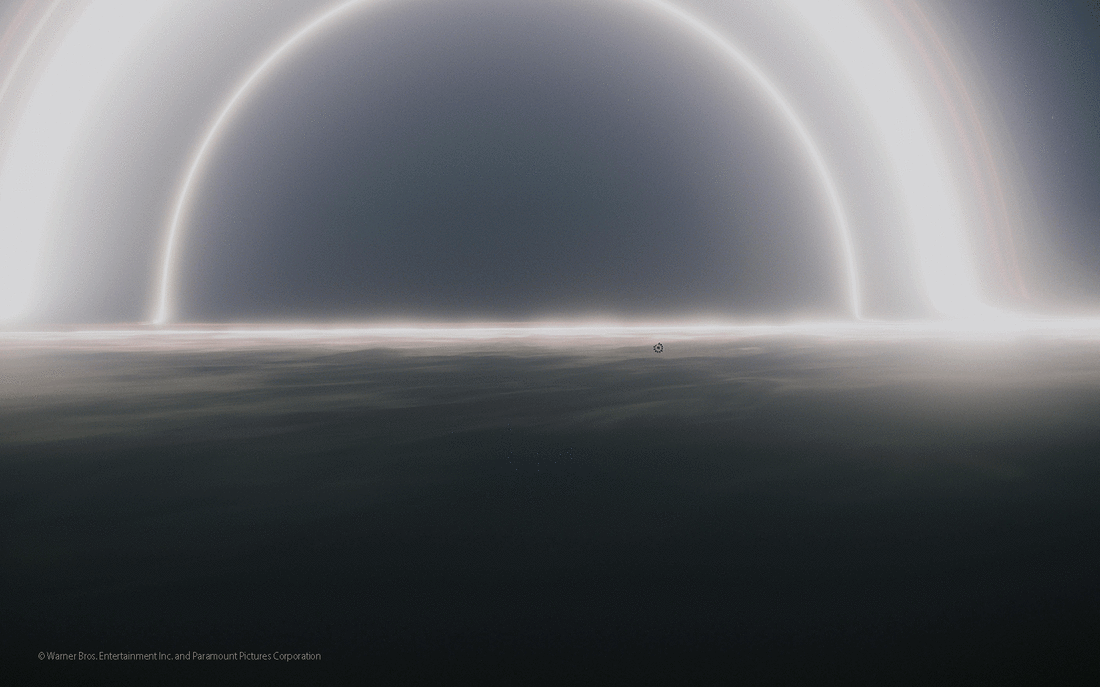
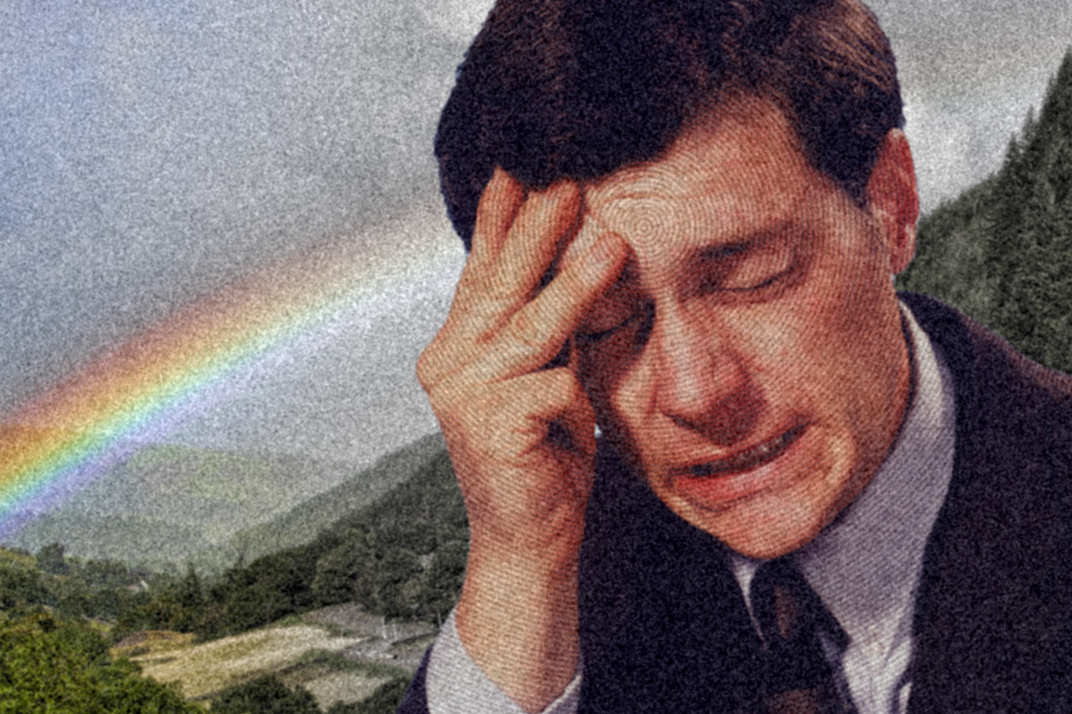
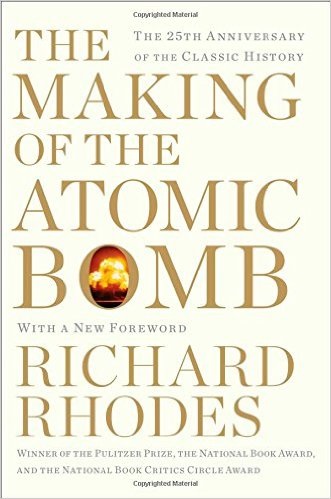
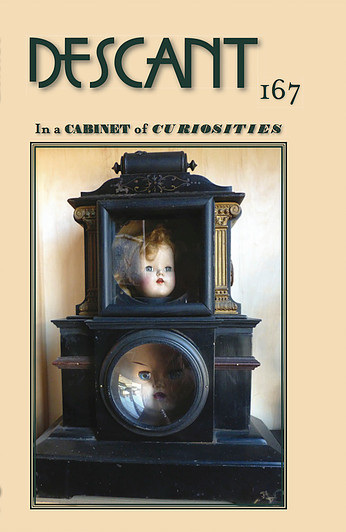
 RSS Feed
RSS Feed
